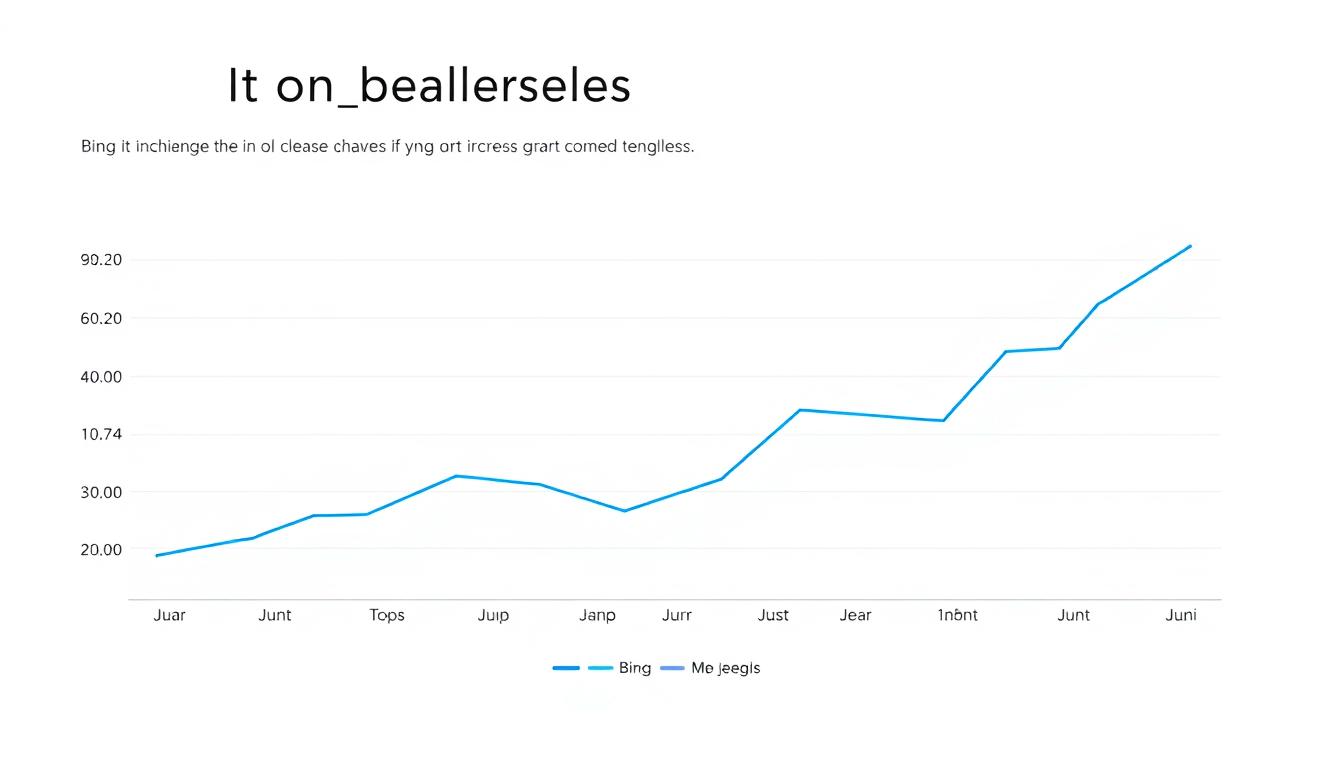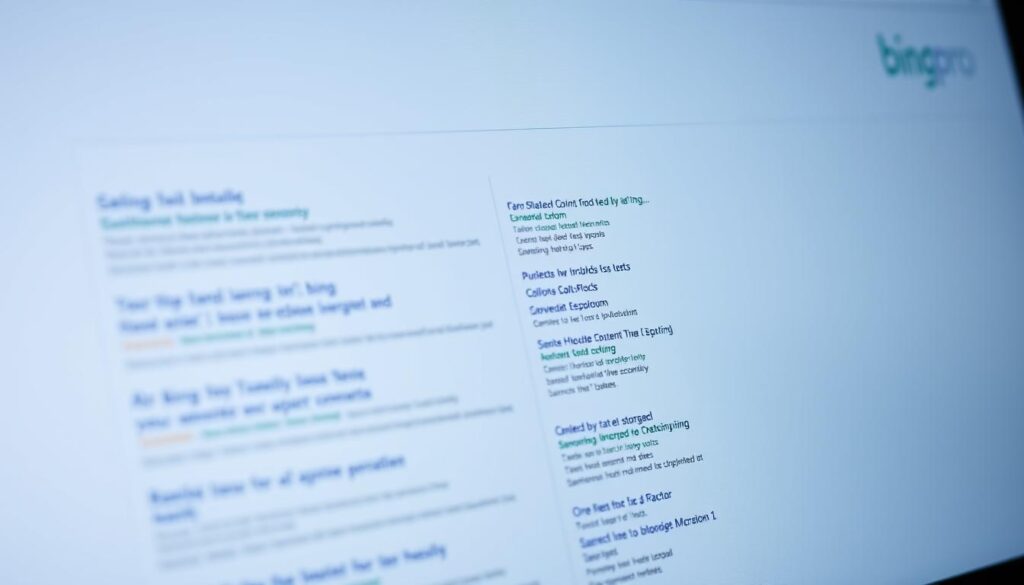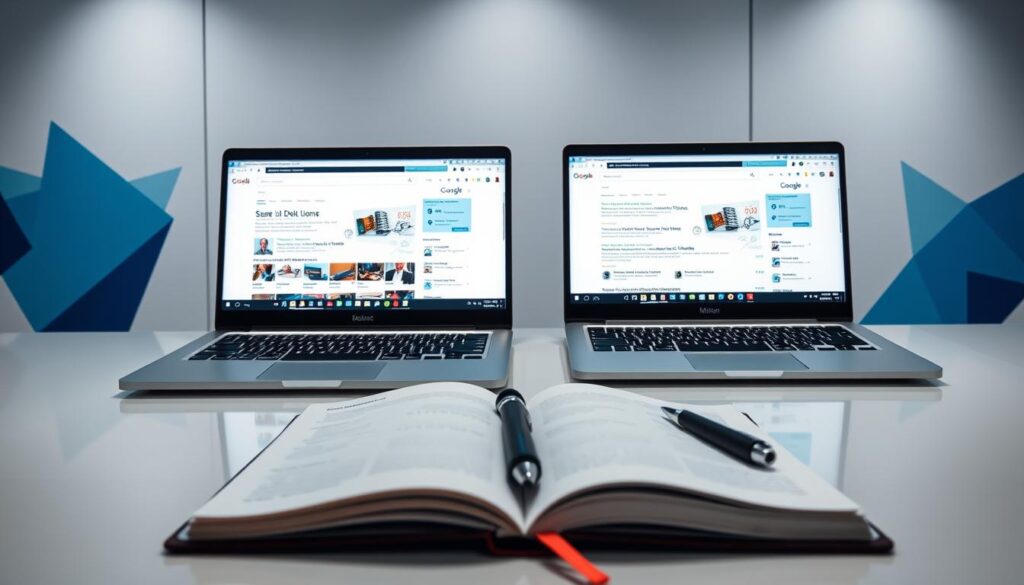
Did you know that in a blind search comparison, users preferred Bing over Google by nearly a 2:1 ratio? This striking result came from Microsoft’s innovative Bing It On Challenge, a campaign that dared users to compare Bing’s search results directly against Google’s without knowing which was which.
Launched to shift user preferences, the challenge was simple yet bold: present two search engines side by side, with their identities revealed only after the user voted. This approach not only highlighted Bing’s capabilities but also surprised many participants. Over 5 million visitors flocked to the Bing It On Challenge website, with 64% expressing surprise at Bing’s performance.
The campaign’s success was fueled by national TV ads, in-person experiences at Microsoft Stores, and online sweepstakes. This multi-channel approach helped Bing gain traction, with over 50% of participants reporting an improved view of Bing after the test. One-third of self-identified Google users even considered switching to Bing more frequently.
This blog post dives into the background, design, and results of the Bing It On Challenge, exploring how it impacted Bing’s market share and user perception. Discover how Microsoft’s strategic gamble paid off, reshaping the search engine landscape.
Setting the Stage: The Rise and Research Behind the Challenge
The search engine landscape has long been dominated by Google, but Microsoft’s Bing sought to challenge this dominance. In a competitive environment where user habits are deeply ingrained, changing perceptions is no easy feat. Internal research at Microsoft revealed an intriguing trend: in blind tests, users often preferred Bing’s search results over Google’s. This discovery laid the groundwork for a bold strategy.
The methodology behind the challenge was straightforward yet effective. Participants were shown unbranded search result panels side by side, eliminating any bias from branding. This approach allowed for a fair comparison, focusing solely on the quality of results. National TV campaigns and man-on-the-street interviews further amplified the challenge’s reach, making it both credible and engaging.
Keywords and queries play a crucial role in shaping search experiences. Over time, the relevancy of these elements significantly influences user satisfaction. By focusing on these aspects, Bing aimed to demonstrate its capabilities and challenge Google’s stronghold.
Learn more about how search engine optimization strategies can impact user preferences and market dynamics.
Inside the Bing It On Challenge: A Closer Look at the Test
The Bing It On Challenge was designed to offer a unique opportunity for users to experience a side-by-side comparison of search results. This innovative approach allowed participants to evaluate the quality of search results without any brand bias.
How the Challenge Works: Blind Comparison Explained
The process was straightforward: participants entered five search queries of their choice and were presented with two unbranded result panels. The panels were labeled only as “A” and “B,” ensuring no bias toward either search engine. After selecting their preferred results, participants were revealed which panel was Bing and which was Google. This blind comparison highlighted the true quality of the search results, focusing solely on relevance and accuracy.
| Feature | Bing | |
|---|---|---|
| Search Results Quality | Preferred by users in blind tests | Traditional market leader |
| Result Presentation | Clean and focused on relevance | Includes additional features like Knowledge Graph |
| User Engagement | Strong participation in the challenge | Well-established user base |
Leveraging User Experience and Online Engagement
The challenge also incorporated interactive elements to enhance user engagement. Participants could share their experiences on social media, creating a buzz around the campaign. Additionally, the inclusion of ads and sweepstakes further encouraged participation, making the challenge more dynamic and appealing to a broader audience.
Learn more about how search engine optimization strategies can impact user preferences and market dynamics.

Comparing Results: Debates, Studies, and Public Perception
The comparison of search results has sparked debates among researchers and the public. While Microsoft’s internal studies suggest a strong preference for Bing, independent research paints a more nuanced picture.
Independent Research Versus Microsoft’s Findings
Microsoft’s internal research showed that users preferred Bing’s search results nearly two-to-one in blind tests. However, independent studies, such as those conducted by experts like Ian Ayres, found different results. These studies often had smaller sample sizes but more diverse participant groups.
| Aspect | Microsoft’s Findings | Independent Research |
|---|---|---|
| Sample Size | Larger groups | Smaller, diverse groups |
| Methodology | Controlled environment | Real-world scenarios |
| Key Findings | Prefer Bing 2:1 | Varied preferences |
| Implications | Highlighted Bing’s quality | Emphasized context importance |
Interpreting the Two-to-One Claim and Its Implications
Microsoft’s ads emphasized a two-to-one preference for Bing, but independent studies found less dramatic differences. Some supported the claim, while others showed more varied results, suggesting that context and query type influence preferences.
What This Means for Your Web Searches
These findings highlight that search engine quality varies. The best choice depends on your needs. Experimenting with different engines can help you find the one that suits you best.

Learn more about how search engine optimization impacts user preferences and market dynamics.
Conclusion
Microsoft’s Bing It On Challenge was a bold move to reshape the search engine landscape. By offering a blind comparison, the campaign revealed surprising preferences, with users favoring Bing over Google nearly two-to-one. This approach not only altered perceptions but also drew over 5 million visitors, showcasing Bing’s capabilities and improving its market standing.
The evidence from both internal and independent studies highlights significant advancements in search quality. While Google remains dominant, Bing’s improvements invite users to explore alternative search experiences. The challenge demonstrated that better search results are achievable, encouraging users to reconsider their habits and try Bing for a more engaging web experience.
Stay informed about the latest developments in search trends and innovations. For deeper insights into search quality and optimization, visit Microsoft’s blog or explore strategies for improving your online presence through local SEO.

 Microsoft’s ‘Bing It On’ Challenge: How a Bold Comparison Increased Bing’s Market Share
Microsoft’s ‘Bing It On’ Challenge: How a Bold Comparison Increased Bing’s Market Share
0 Comment